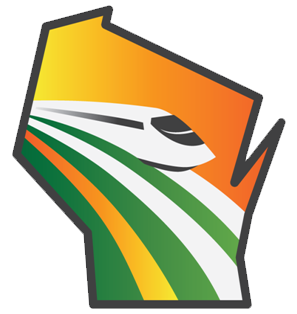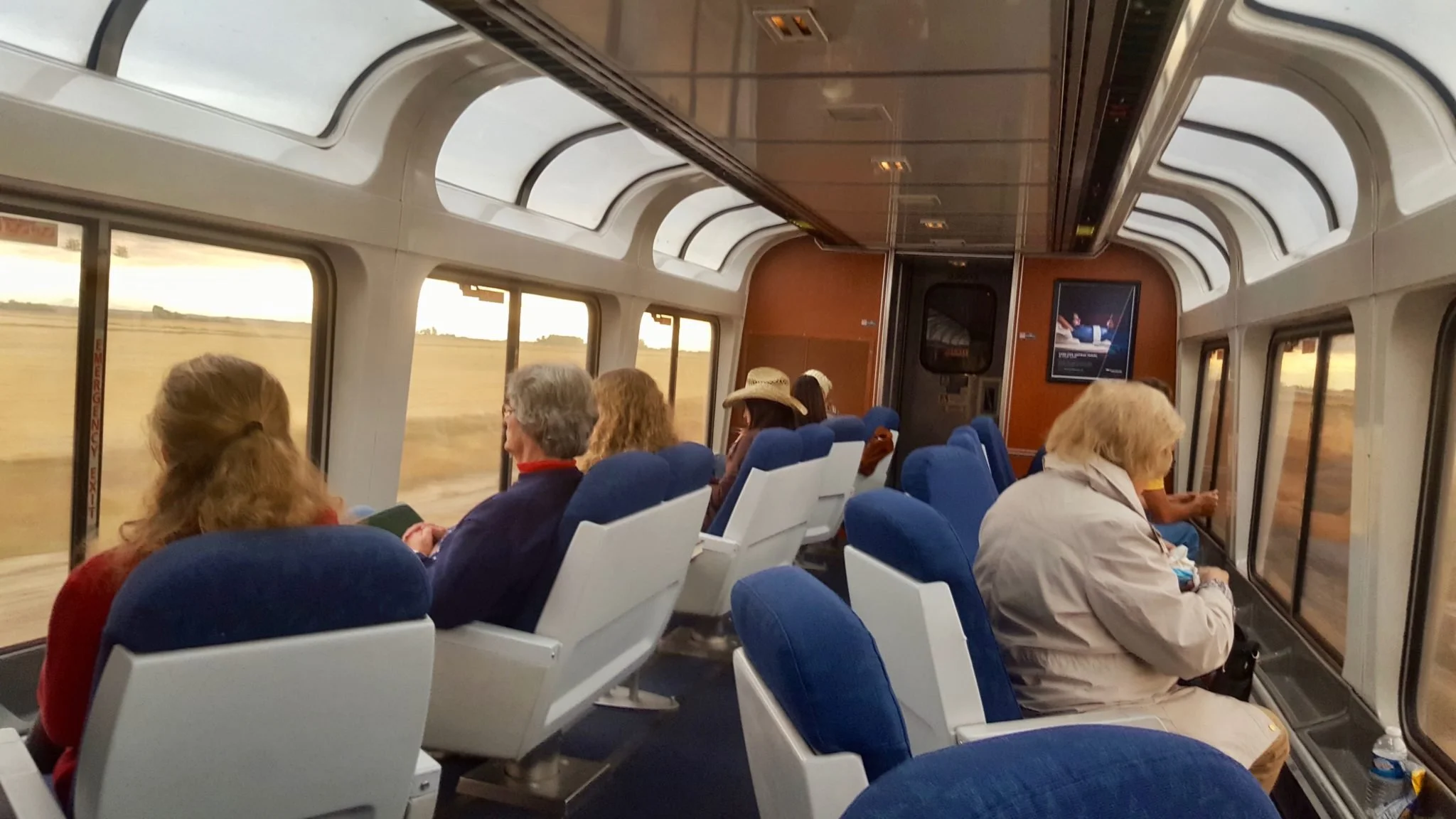FREQUENTLY ASKED QUESTIONS:
When can I buy a ticket?
Like other transportation and big infrastructure projects, it takes time to put specific plans and funding together, then undertake construction, like stations and track improvements. The trains will use existing, upgraded tracks. The timeline will be determined by the next major step, called a Service Development Plan, which gathers public input, and determines market feasibility, station locations, schedules, fares, benefits, capital requirements, and return on investment.
How much will tickets cost?
The Service Development Plan (mentioned above) will also provide guidance on fares. But fares for comparable trains, like the current route between Chicago and Milwaukee, run between $19-$35 (one-way).
How often will it run?
Initially, we anticipate about four trips per day, each way, so that schedules are convenient for people who want to travel to or from the Twin Cities and back the same day. Wifi will be available onboard so travelers can work on a laptop, watch a movie or just relax, rather than fighting car and semi traffic on I-94. We also expect to have some sort of food/beverage availability.
Where will the stations be located?
Stations will probably be located along the existing Union Pacific tracks in Eau Claire, Menomonie, Baldwin and Hudson. In the Twin Cities, the trains will arrive and depart from St. Paul Union Depot.
Will tax dollars be needed to start and operate the trains?
In today’s transportation environment, public financial support is part of almost every transportation investment and operation. Highways and streets are publicly owned, with user fees like gas taxes covering only about half of all costs. Public subsidies also go to airports, waterways, transit, and other modes. The idea is that public investments, when wisely allocated, provide economic benefits to the economy.
As an example, the Missouri Department of Transportation found that the economic activity generated by its support of trains between St. Louis and Kansas City (currently around $17 million a year) return over $20 million in other tax revenues and over $200 million in overall economic benefits. That’s right: an annual investment of $17 million in government funding produces more than $200 million in economic benefits: new jobs created, new businesses like hotels and restaurants along the route, all of which produce money the state and local communities collect.
Wouldn’t most people rather drive their own car?
Passenger rail is a valuable alternative to driving and will meet the needs of many, but not all people. We’ve heard from many college students and young adults that they would rather ride than drive. We’ve also heard from senior citizens who hate fighting Twin Cities traffic when they visit friends or relatives or go shopping, or go to a sporting event.
But trains also offer a benefit for people who want to drive: decreased traffic on I-94 and a corresponding reduction in taxpayer-supported highway maintenance costs.



